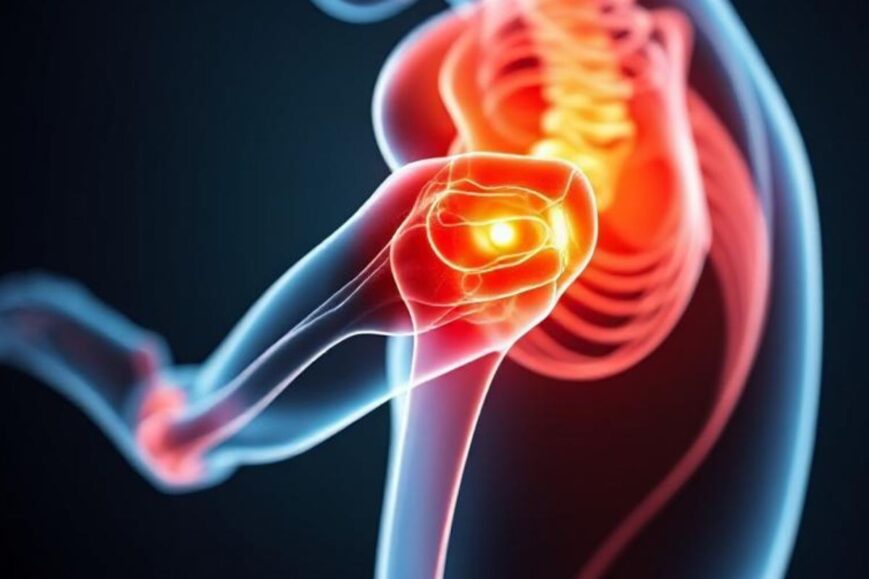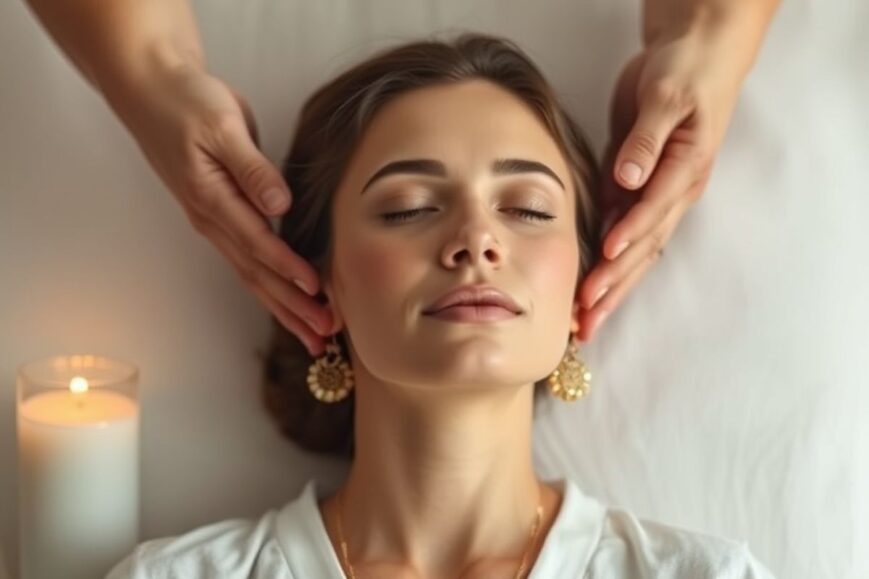Have you ever stood up from a chair or stretched your arms only to hear a loud clicking or popping sound from your joints? It can be alarming, but in most cases, joint noises are completely normal. These sounds—commonly referred to as crepitus—can occur in the knees, shoulders, hips, fingers, and even the spine. While occasional clicking is harmless, persistent or painful joint noises may be a sign of an underlying issue that requires attention.
If you experience discomfort or ongoing joint noises, seeing a specialist like physio Alexandria can help assess whether the sounds are simply a normal part of movement or a warning sign of a deeper problem. Understanding why joints click and when to be concerned can help you take the right steps toward maintaining joint health.
Why Do Joints Click?
Clicking or popping sounds in the joints can occur for several reasons. Some are completely harmless, while others may indicate strain or wear and tear.
1. Gas Bubbles Releasing
One of the most common reasons for joint clicking is the release of gas bubbles within the joint fluid. When you move, nitrogen bubbles can form in the synovial fluid (the lubricant that keeps joints moving smoothly). As the bubbles burst, they produce a popping or clicking sound. This is the same mechanism behind cracking your knuckles and is generally harmless.
2. Tendons or Ligaments Shifting
Tendons and ligaments are bands of connective tissue that help stabilize joints. Sometimes, as you move, these structures snap over bony surfaces or other tissues, creating a clicking sound. This is particularly common in the knees, shoulders, and hips. As long as the movement isn’t painful, this type of clicking is usually nothing to worry about.
3. Joint Wear and Tear (Cartilage Changes)
Over time, the cartilage that cushions your joints can wear down due to aging, overuse, or injury. When this happens, the rougher surfaces of the joint may rub against each other, producing clicking or grinding sounds. This can be a sign of early osteoarthritis or other degenerative joint conditions.
4. Injury or Inflammation
If clicking sounds are accompanied by pain, swelling, or reduced range of motion, there may be an underlying injury. Conditions like meniscus tears (in the knee), rotator cuff issues (in the shoulder), or ligament damage can lead to persistent joint noises that require medical attention.
When Should You Worry About Clicking Joints?
While most joint clicking is harmless, certain signs may indicate a need for further evaluation. Consider seeking professional advice if you experience:
- Pain along with clicking – Discomfort, stiffness, or swelling could signal an injury or degenerative condition.
- Limited movement – If clicking is accompanied by difficulty moving the joint, it may indicate a structural problem.
- Swelling or redness – Signs of inflammation may point to arthritis, tendonitis, or other joint issues.
- A recent injury – If clicking started after an accident or trauma, it’s important to rule out ligament tears or fractures.
- Instability – If your joint feels like it might “give out” or doesn’t feel stable, it could indicate ligament weakness or damage.
How to Maintain Healthy Joints
If you experience frequent clicking or want to keep your joints healthy for the long term, consider these strategies:
1. Strengthen Supporting Muscles
Stronger muscles help stabilize joints and reduce unnecessary strain. Focus on exercises that strengthen the muscles surrounding your joints, such as:
- Squats and lunges for knee support
- Shoulder presses and resistance band exercises for shoulder stability
- Core exercises to support the spine and hips
2. Stretch and Improve Flexibility
Tight muscles can contribute to joint noises by pulling tendons and ligaments out of alignment. Regular stretching can improve flexibility and reduce tension. Consider adding yoga or dynamic stretching to your routine.
3. Stay Hydrated
Water helps maintain the lubrication of your joints by keeping synovial fluid at optimal levels. Staying hydrated can reduce friction within the joints and minimize discomfort.
4. Avoid Overuse and Repetitive Movements
Repetitive strain can cause joint inflammation and lead to chronic clicking. If you perform repetitive movements for work or sports, take regular breaks and use proper form to reduce joint stress.
5. Maintain a Healthy Weight
Excess weight places additional stress on weight-bearing joints like the knees and hips. Maintaining a healthy weight can help prevent premature joint wear and reduce the risk of osteoarthritis.
Should You See a Specialist?
If joint clicking is frequent and comes with pain, swelling, or instability, consulting a professional is a good idea. A physiotherapist or doctor can assess your movement, check for any underlying conditions, and recommend targeted exercises or treatments. Early intervention can prevent minor issues from developing into more serious joint problems.
Understanding the reasons behind joint clicking can help you determine when it’s normal and when it’s time to seek help. Taking steps to strengthen and protect your joints will not only reduce unnecessary clicking but also improve mobility and overall joint health.












